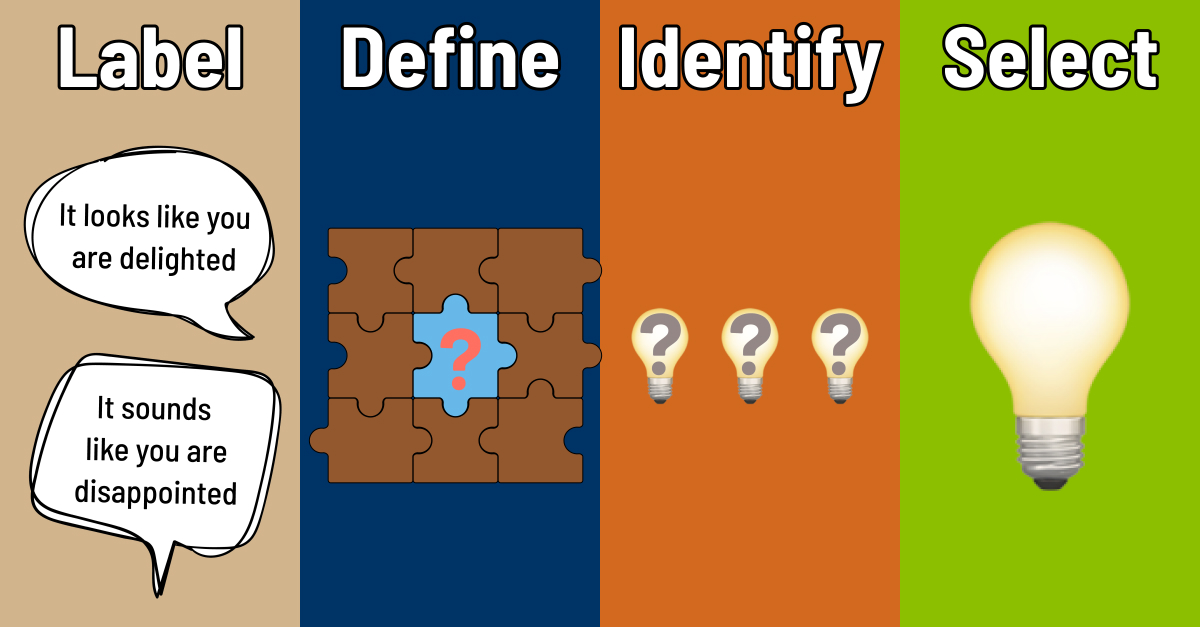Problem Solving Framework: 0-1-3-1
The 1-3-1 method for problem-solving:
- Define the (1) problem
- Identify three (3) potential solutions
- Select the best (1) solution
I suggest an improvement to the 1-3-1 method — adding a phase zero.

0-1-3-1 by Matti
- Label the feeling (0)
- Define the (1) problem
- Identify three (3) potential solutions
- Select the best (1) solution
Let me explain.
Phase zero isn’t about problem-solving. It is about ensuring there is a problem to solve. It is an easy step to miss because everyone using a problem-solving framework is a type-A problem solver.
Humans are hammers looking for nails — and for a problem solver, the problems are nails. Instead of engaging in a conversation, we default to hammering. We need feeling labeling to verify if we have a problem to solve. To check if we should hide the hammer. Sometimes, we only need to have a (potentially emotional) conversation.
Feeling labeling
“Feeling labeling” is a term from the fantastic book “Nonviolent Communication” by Marshall Rosenberg. The core idea is to identify what the other person is feeling and spotlight it. Scientists have studied (by measuring electrical activity in people’s brains with MRIs) that accurate feeling labeling reduces negative and boosts positive feelings.
Here is what feeling labeling sounds like:
- “It feels like you are satisfied.”
- “It looks like you are feeling frustrated.”
- “It sounds like you are angry.”
Feeling labeling is valuable in many situations: when asked for help, in 1-to-1s, when speaking with your spouse, in negotiations, and more. It can be hard to recognize where labeling feelings is needed, so I’m trying to always start with it (unless I’m sure it is not required).
Battle-testing
I haven’t tested this enough to know if 0-1-3-1 only works on paper. I will take it into the field and see if it works — in and out of business. If you use feeling labeling, email me where it adds the most value!
Thanks for reading! 💌 Subscribe now to get updates directly into your inbox.📫